Civic Haze
Maria Ines Manchego’s photographs record an urban landscape more García Lorca than Jane Jacobs. These are orphan images, memories without causes, that we carry with us as we navigate New York—a documentary of a city’s unconscious.

Interview by Nicole Pasulka
How did these photos come about?
“Civic Haze” evolved simultaneously from learning how to use the 4x5 [large-format camera —ed.] and sifting through my feelings after having moved to New York from New Zealand. As I struggled and tried to find my place amongst it all, the city itself was my friend and foe. Its brick walls kept me company and at times were incarcerating. Continue reading ↓
All images courtesy and © copyright the artist.
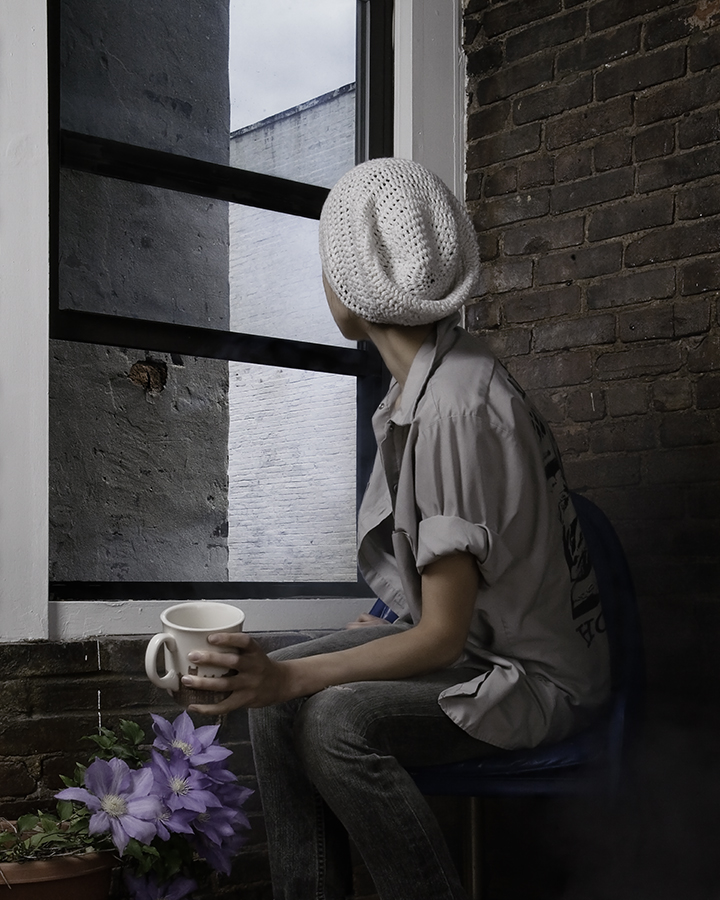
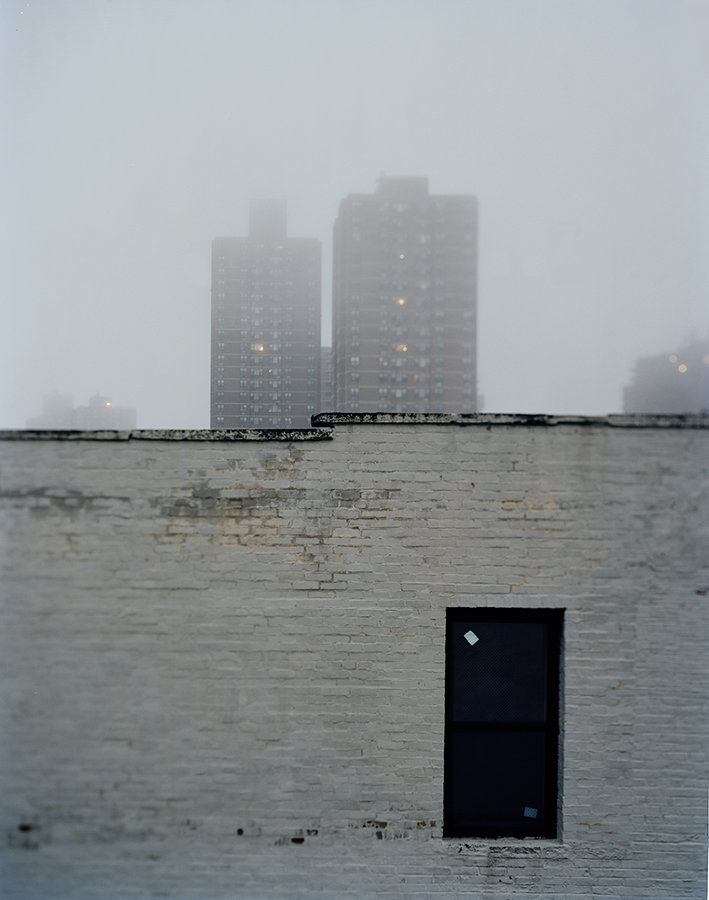
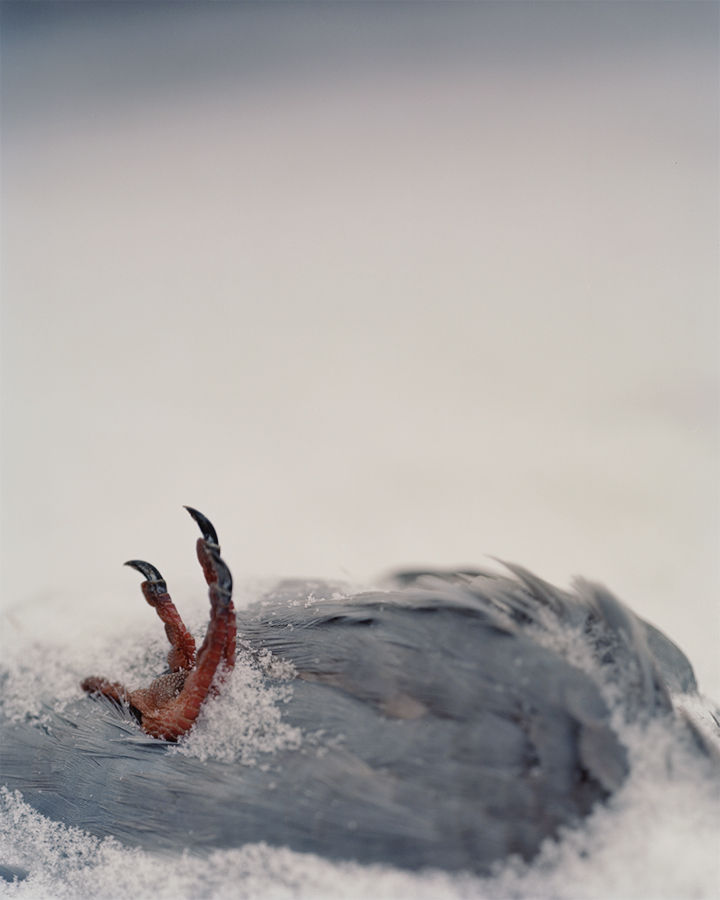
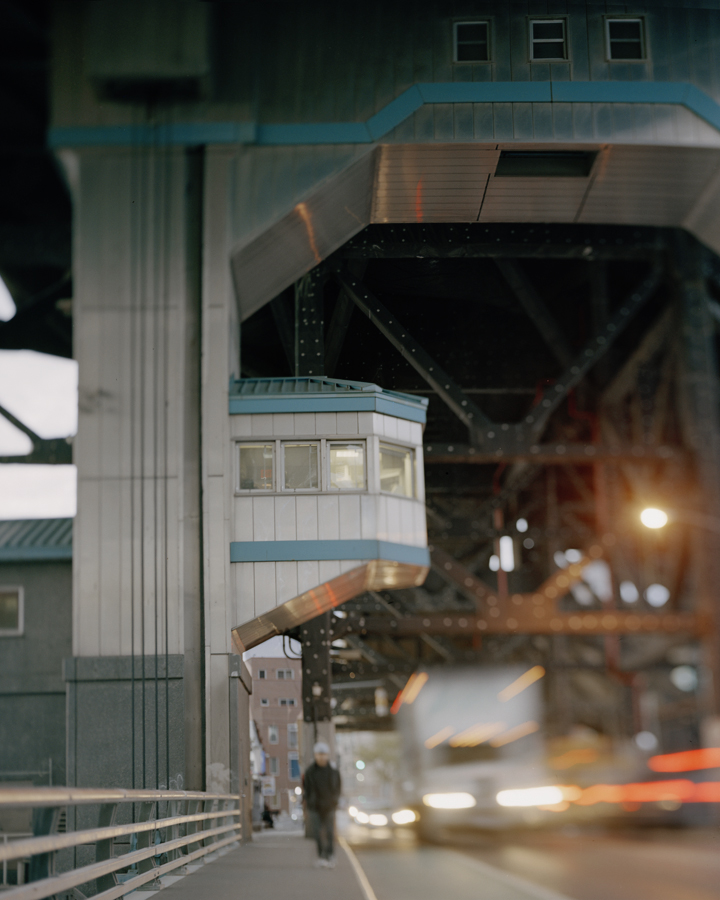
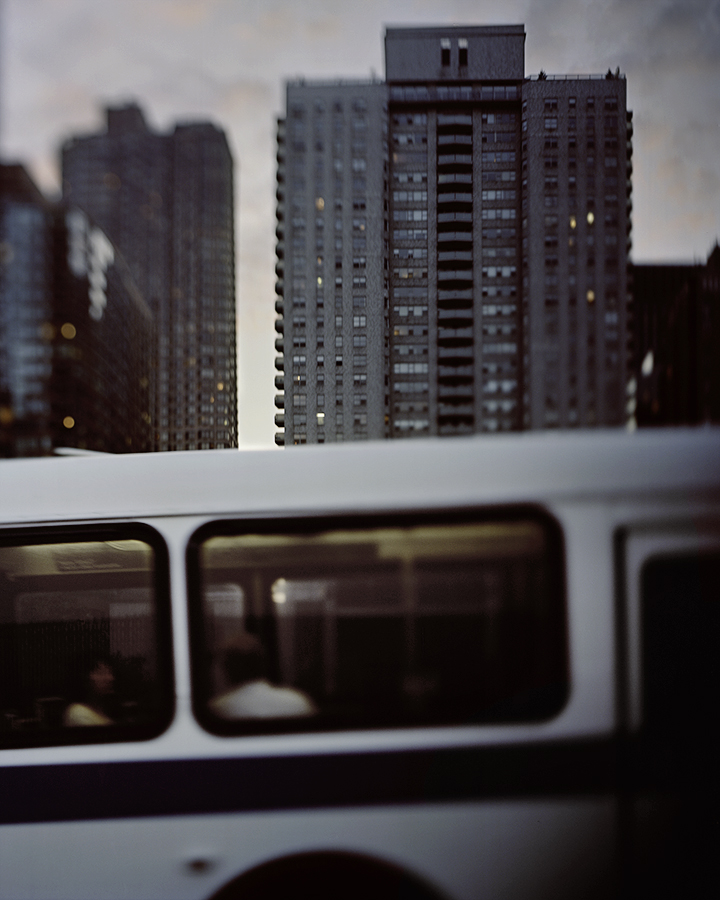

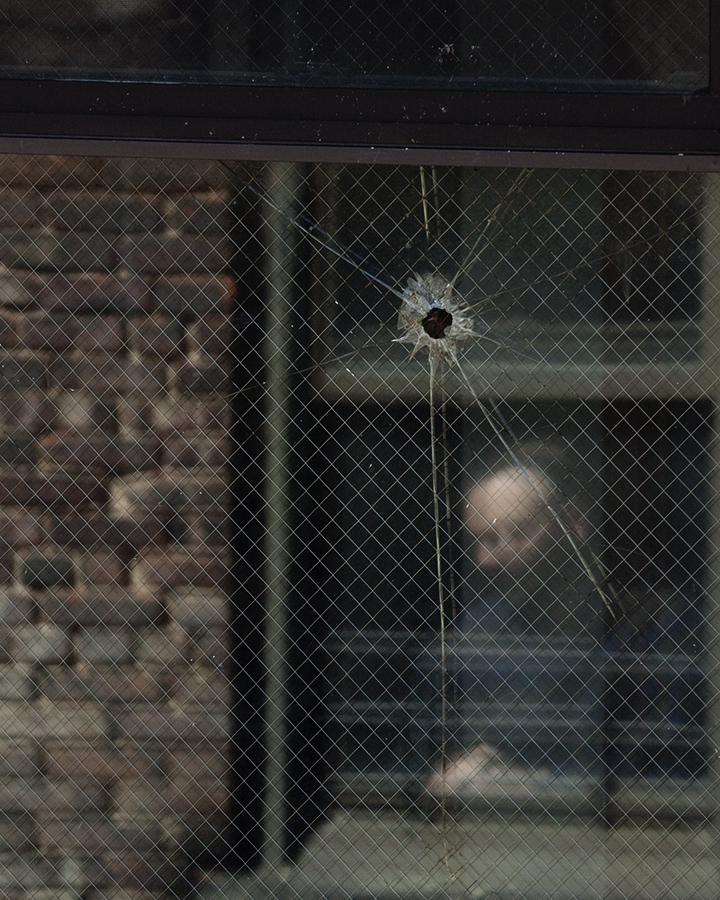
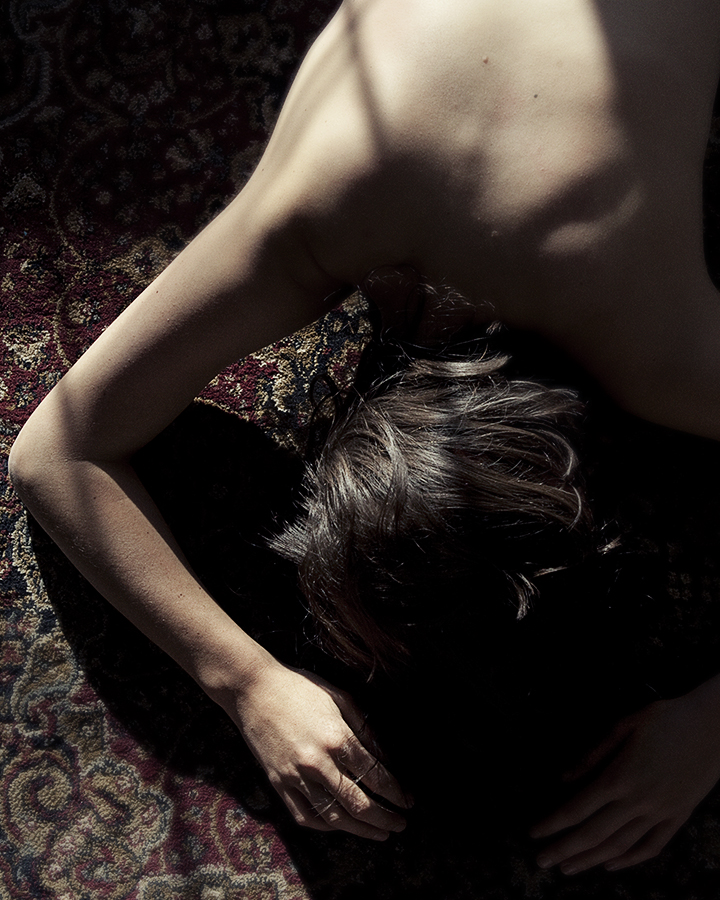
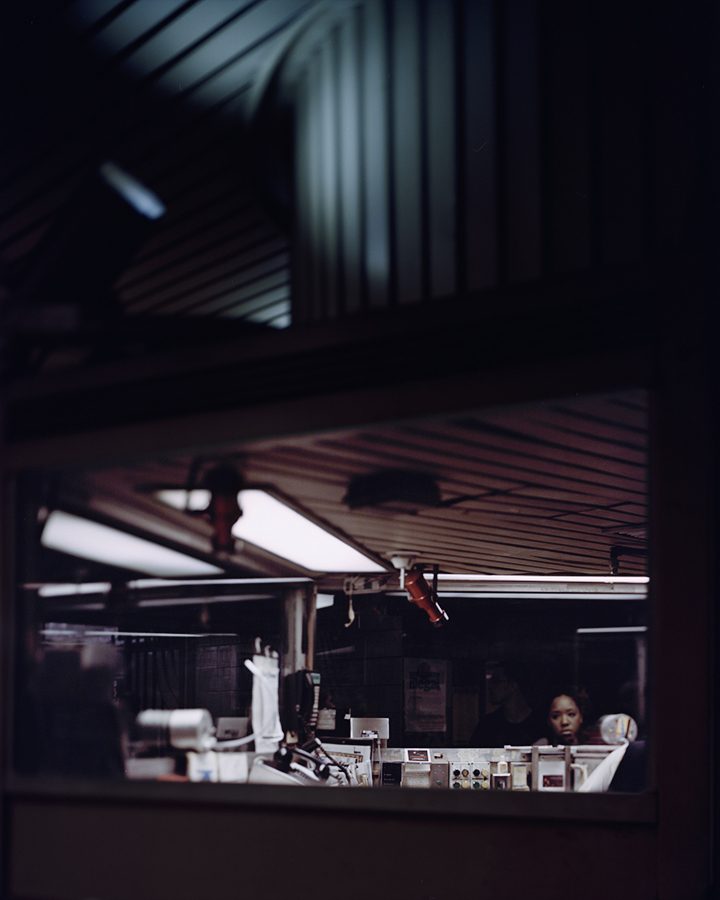


Interview continued
Was there a driving idea from the start or did it evolve as you took more photographs?
I usually make work about what I’m experiencing. I find this to be cathartic. It allows me to step back and look at what’s happening in my own life, like a diary, but not quite as literal. It’s always interesting to revisit these images and compare the emotions to how I feel now.
Your photos are mysterious, noirish—though I’m sure people say that all the time. Why capture this hazy atmosphere?
I like the ambiguity of time that haze creates. It’s not night or day. It’s like an in-between moment. Although this project was inspired by living in New York, I wanted it to seem like an anonymous city so that the narrative was about emotion and environment rather than an actual location. I hoped that this would allow people from anywhere to relate to the images more and focus more on the emotive elements. I have a background in cinema, so I am sure this has affected my style.
Are there stories that you’re working around or that appear to you out of these photos?
A challenge for me was to find a balance to put in just the right amount of elements to create a story that allows the viewer to participate by interpreting and reconstructing. In photography, working with one frame at first, I was tempted to put too much in and spell things out. It took some restraint to hold back and learn that sometimes less is more. With photos and films, I generally like there to be a place as a viewer that I can insert myself into the image and an openness to expand upon what’s given to me.
This project is still ongoing, although things have slowed down. I think the newness of the city is wearing off and the unease is fading. I wonder when the point will come that I can say it’s done—I’m excited to know what would mark this.
That spot over the Gowanus Canal on 9th Street in Brooklyn seems so appropriate to the feel of your photos. Are there certain locations that call out to you, or is it more about time of year, light, action?
New York is one of those cities that everyone romanticizes and is very recognizable. It is probably one of the most photographed and filmed places in the world. It was a challenge at first, finding a way to capture it in a manner that was interesting to me and that did not feel too familiar.
I’ve always been drawn to the east side of the city. I love the color palate, architecture, and universal feeling of that landscape. It could be anywhere—Europe, America, etc.
The Gowanus location was such a great find. It’s beautiful, great scale, etc. I came across it on my way home one night. I’m always looking for places that have a sense of story and drama. My phone is filled with pics of possible new locations that I have come across in day-to-day life. Sometimes I jump on my bike with my camera and explore to see what places find me. I also love to photograph where I live. Many of the photos in this series are from my home, the fire escape, roof, stairway, walls, etc.
I love the way the series combines evocative landscape shots with close, focused portraits of individual objects. How do you make such a variety of images a cohesive or believable series?
Having a background in film has again probably affected this. In cinema, you are often using sequences that use a combination of wide shots, mid-shots, and closeups to help create a narrative and visual flow.
I think that because the project is happening naturally, from real experiences and discovery, this also helps create a sense of cohesion. It’s based on a truth that I’m experiencing, so nothing is too much of a stretch, although keeping an eye on the right light and weather helps!
